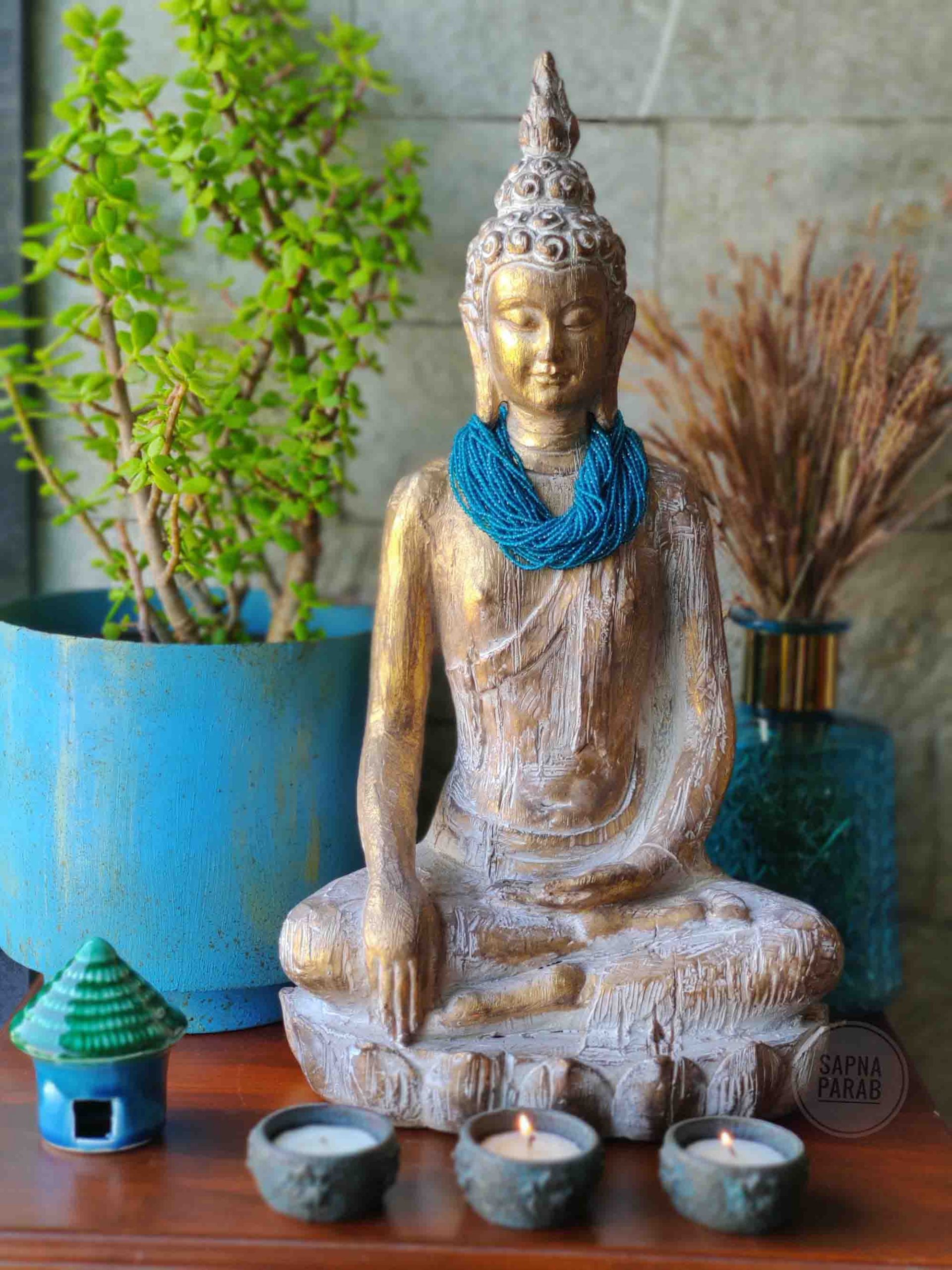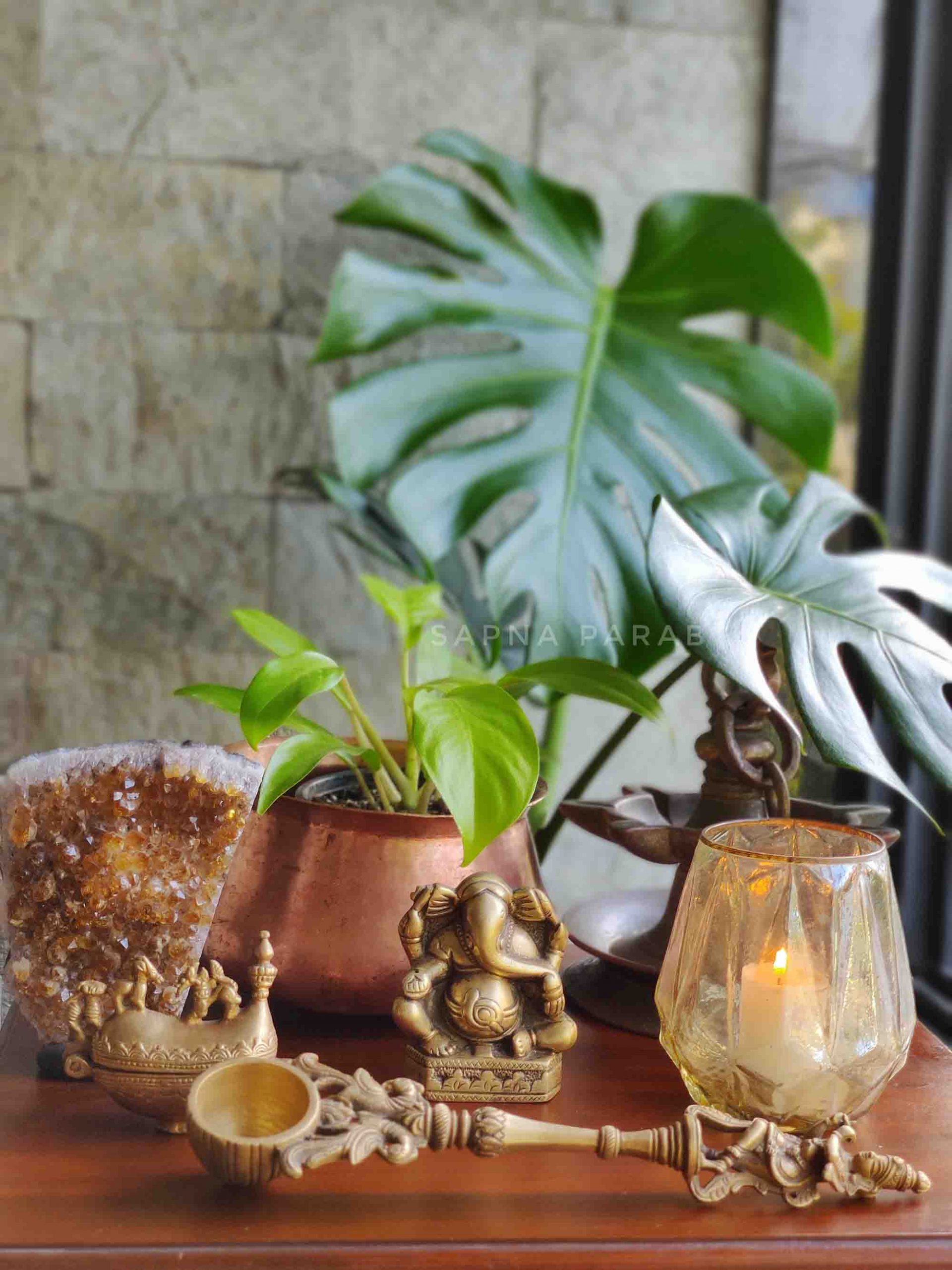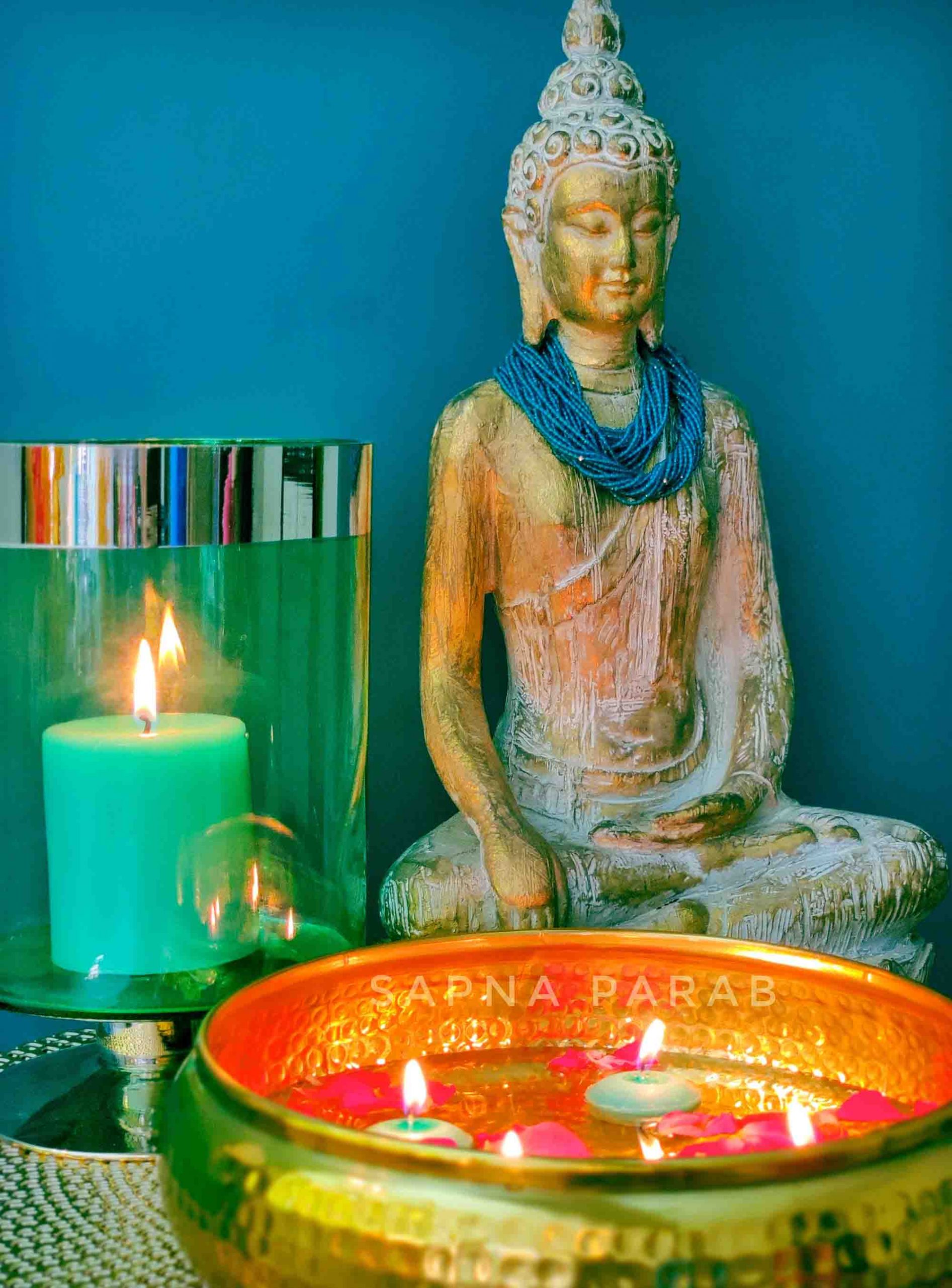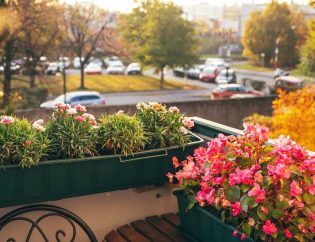March 30, 2022
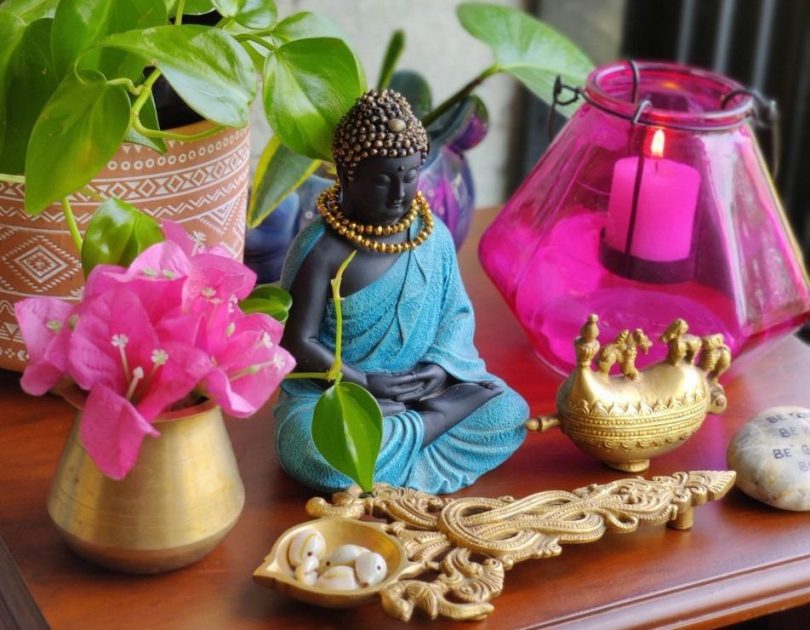
We are all part of the same Universe. We are one a part of the entire whole.
An offshoot of the Mahayana form of Buddhism, Zen - talks about finding peace in inclusiveness. In singularity within one's individual self. When we blend ourselves into the miniature Zen form of gardening we merge our entire being - both mind and body into the plant life - in a happy blend.
A traditional Zen garden, known as karesansu is a minimalist dry landscape comprising of natural elements of rock, gravel, sand and wood, with very few plants and no water. Man-made components include bridges, and stone lanterns, with an enclosing wall or fence to separate the space from the outside world.
The purpose of a Zen garden was to offer the monks a peaceful repose to conduct their meditation within natural surroundings.
The purpose of a miniature zen garden is to give - peace, tranquility. The zen colours are beige, pink and white and the zen trees are maple, rhododendrons, etc. We can create a miniature Zen garden, with putting sand and crystals, where we plant the shrubs and trees. Adorn the places with miniature buddha figurines.
The symbolism of the stones in a zen garden is one of the most important design elements. Upright or vertical stones can be used to represent trees, while flat, horizontal stones represent water. Arching stones represent fire. Stones laid vertically or horizontally are of utmost importance. Stones play and integral part of Zen gardening.

